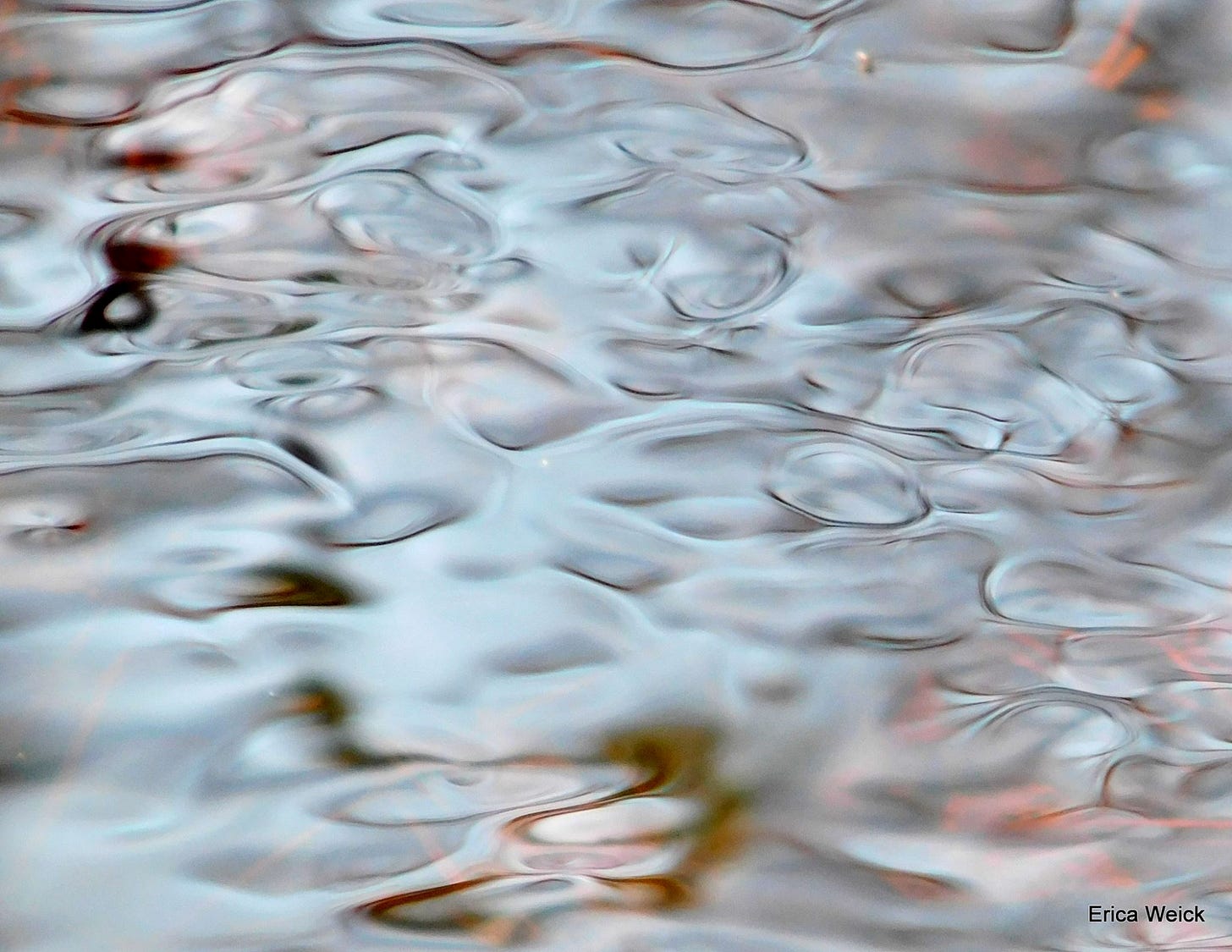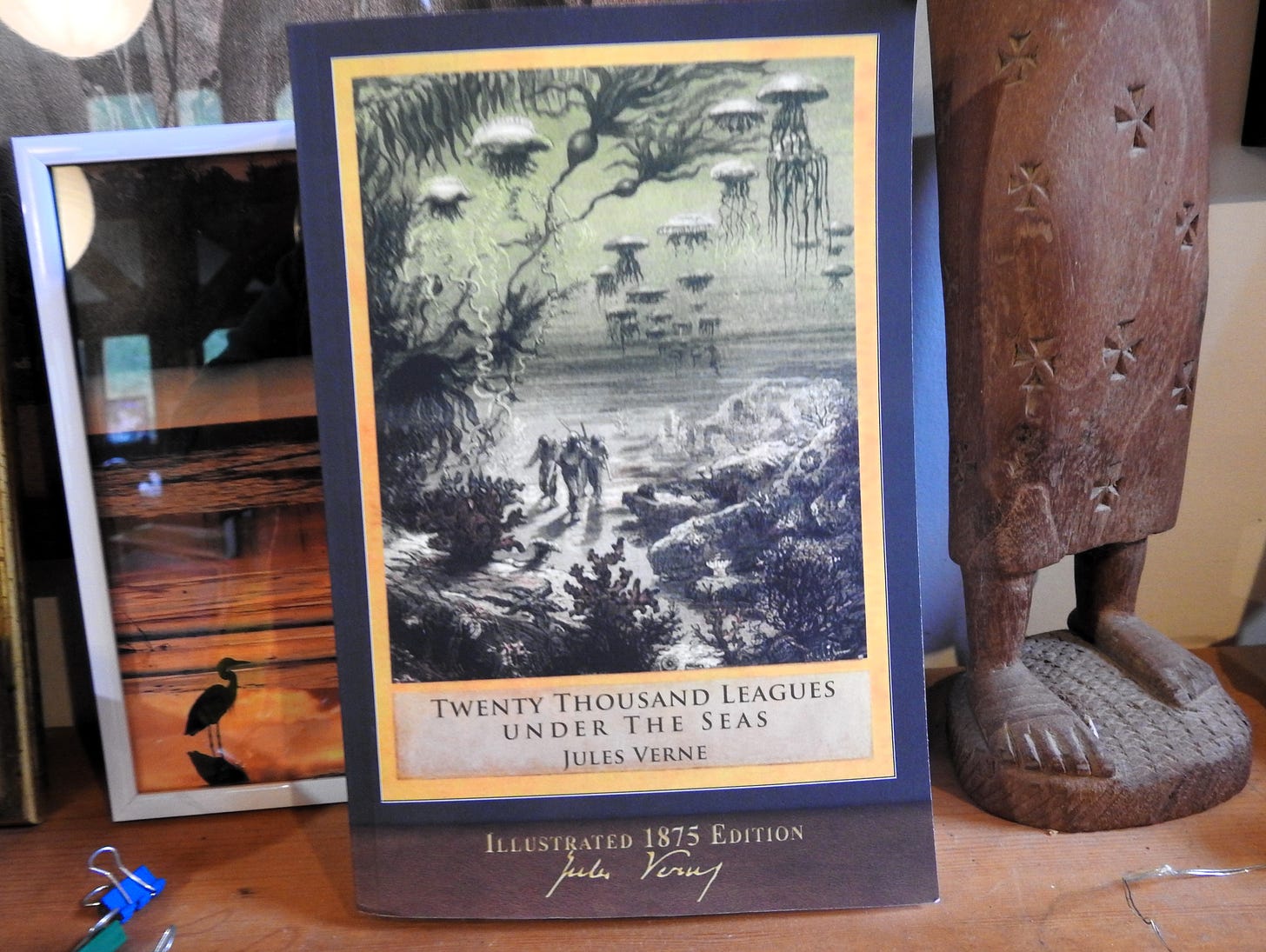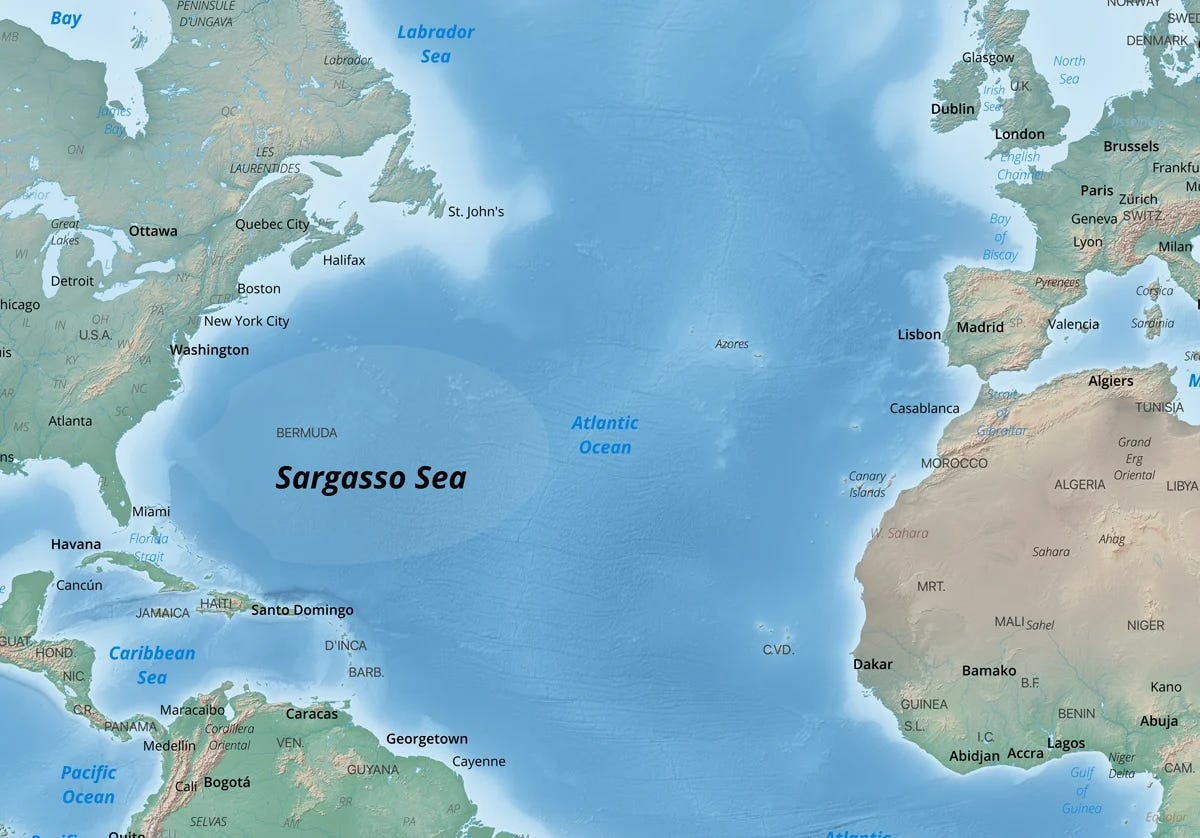and the tiny tingling voices choking inside my throat (persnickety and ubiquitous loud words, not counted among them).
(1956) When I was seven, I wrote a well-mannered letter to Santa demanding a complete house, in it included a dinnerware set… I got my wish, partially, with a complete tea set, made out of hard, light blue plastic.
(1986) When I was living in Malawi, I wrote The global village … a less than 3000 words sampling my lingering anger that keeps on bubbling up to the surface, even now, when presented with solutions for what broke my heart so many times, then.
The links to my global village are nowhere to be found, the links to the written version are somewhere, but somehow also not to be found.
It was a story about a woman who takes her child by the hand in search for water, a mere trickle of brown water, down a dangerous path, in some village in the countryside, somewhere in Africa. Next to the woman, in another continent, there was a man, a philosopher and writer who claimed we (the universal we) were to evolve into higher complexities. So, I invited the man to join us on the journey down towards that trickle of water. The best I can come up with is that William Irwin Thompson, and the Santa Fe Institute for the Study of Complexities were the triggers…
https://en.wikipedia.org/wiki/William_Irwin_Thompson
Which way will we go? The author opts for evolution. While such optimism is as welcome as it is rare these days, it is largely based on mysticism and intimations of a "new planetary culture," which Thompson shares with Philosopher Teilhard de Chardin and Science-Fiction Writer Arthur C. Clarke. This is thin epistemological ice even for a skater as fast as Thompson. Indeed, incredulous readers may drop the book after the first reference to "our lost cosmological orientation." That would be a mistake. Agree with it or not, Passages is always fascinating, a magical mystery tour of man's potential.[13]
(1970) I grew up never knowing poverty in my house but knowing it in the lives of uncountable others, who lived everywhere, right next door to me.
Eduardo Galeano helped me in the soothing then. If there is a writer I wish to have met, it is him. His Open Veins of Latin America was a text that shifted my entire experience, shook me out of my middle-class structure, in Brazil. He described the phases of “development” in Latin America not in terms of progress, but in terms of extractions – from wood to gold and silver, to sugar cane, iron ore and coffee… usage to enhance and expand the material coffers of others.
(2024)
Today. It is only now, in 2024, that I begin to understand again what a shift in paradigms truly signifies. It may take centuries to mature, a minute to destroy, and an eternity to grasp the ends and the possibilities to begin again, with newness of directions or simply directionless.
Ah, well. I find a measure of calmness in the quiet, in seeds and germination, the singing of birds… I find measures of peace in the uncertainties. In reading the philosophers, even in finding that we are all reading from the same texts, and they are written by males, mostly, commented and analyzed by many, but basically offering visions of many empires, as conceived by men, conceived in women.
Then comes the chemical disaster of plastic to unbalance me, once again.
Heather Davies writes the book Plastic Matter, and I am thrown off balance, straight back onto the universal of no locality, the “destructive modernism” of my capital global village of closed gates…
For a great review of the book in Edge magazine - Living With Plastic and Toxicity, Queerly, where Svenja Engelmann-Kewitz says:
“Due to plastic’s permanent, resilient refusal to disappear, we simply cannot continue to imagine a “pristine world before plastic.” Instead, Davis proposes to use plastic’s “lesson of intractability to imagine worlds differently, queerly, through toxicity.””
“Davis ends her book with this statement: “They said plastic was disposable. Turns out, plastic will not let go.” In our current renewed obsession with the world of a plastic doll (and, with that, the plastic world of its merchandise, from polyester in T-shirts to plastic cups in Barbie colors and balloons and glitter for decorations in the cinemas, and the resulting waste), it turns out that we aren’t willing to let go either.”
Plastic was built a mere one hundred years ago, in the alchemical labs of engineers…again to create a better world in the pursuit of progress (for some).1
(1940) A Popular Mechanics article published in May illustrated the high hopes the world had for plastic materials, opening with, “Clothed in plastics from head to foot, the American of tomorrow will live in a plastics house, drive a plastics auto and fly in a plastics airplane.”
(1949) I am old enough to remember when we were all in love with the invention!
French men carrying baguettes under their arm. Ugh, wrap the buns in plastic bags.
Clothes made of plastic materials – what a wonderful invention that will save the forests and the trees!
(1983…) My partner Gordon as probably the first male sailor who organized Tupperware parties in the sailboat, much to the delight of homemakers and sailors alike, all women! It was a great invention for the safe, stackable storage of food on board, in a very limited space. I still own some pieces from then, all without lids…
(2006) Once I drove through some tiny roads in West Virginia, returning from a conference in New Mexico, looking up at a steady row of lookalike bungalows, vivid portraits, porches stuffed with plastic toys. Slightly faded, discarded Disney like fairies, chickens, ducks, castles, swings and automobiles, blocking the front doors.
(1984) When I arrived in Accra, Ghana, in West Africa for the first time on a business trip, I remember when the wispy shimmer emanating from the red dust was not just heat but the sheer reflection of floating plastic bags… just simple plastic bags. And I remember my clear surprise.
Ah, but it is being recycled! No, it is not. The current rate of recycling in the United States is just about 5%...give or take a few percentage points. It is not useful for commerce… Keyword - usefulness for commerce.
I have been asking everyone about plastic, for a while now. A friend finishing a master’s degree program in environmental studies at Columbia tells me “Just took a class discussing the harmful impacts of microplastics. Recommend you look up microplastics, nurdles, microplastic fibers, bioaccumulation, and biomagnification. If you need scientific articles, use the Google Scholar search engine and use the same search terms. Afraid that any well-researched article will tell you the same thing about recycling, it doesn't work.“
Ah, but bacteria will eat it…
“When a microbe was found munching on a plastic bottle in a rubbish dump, it promised a recycling revolution.”
Slightly incongruent, weird thought - plastic was invented to store and protect us from harmful bacteria…
More of my views
How do I feel about plastic in my daily life? Does it make me mad? Is colonialism an abstract thought?
Plastic stays a bit more hidden, once you climb the illusionary social ladder, but then it reaches the pinnacle of its abstract glory when art meets it. Does it not?
Then it falls fast back down the roller-coaster…
More evidence:
An estimated 8 million metric tons (MMT) of plastic waste enter the world’s ocean each year—the equivalent of dumping a garbage truck of plastic waste into the ocean every minute. If current practices continue, the amount of plastics discharged into the ocean could reach up to 53 MMT per year by 2030, roughly half of the total weight of fish caught from the ocean annually.
National Academies of Sciences, Engineering, and Medicine. 2022. Reckoning with the U.S. Role in Global Ocean Plastic Waste. Washington, DC: The National Academies Press. https://doi.org/10.17226/26132.
Conclusion 1: Because the vast majority of plastics are carbon -carbon backbone polymers and have strong resistance to biodegradation, plastics accumulate in natural environments, including the ocean, as pervasive and persistent environmental contaminants.
Global ocean plastic waste originates from materials introduced in the 20th century to deliver wide-ranging benefits (Thompson et al. 2009). Plastics increased an era of disposability for products and packaging used for a short time and then thrown away.
National Academies of Sciences, Engineering, and Medicine. 2022. Reckoning with the U.S. Role in Global Ocean Plastic Waste. Washington, DC: The National Academies Press. https://doi.org/10.17226/26132.
The myths and Persephone
After many months of reading, asking questions and getting some answers, I continue to feel great frustration, and I am left with myths and with Persephone…
I keep insisting on calling Persephone Penelope, wonder why?… Persephone is presented in the many connotations of a giver, a follower? Penelope as loyal, a follower for sure. As a matter of fact, both are presented as kind, nice girls. And beautiful, of course!
Anyway, if Persephone were to enter hell she would probably have to enter, or at least dive through the underworld of microplastics at the bottom of all mythical oceans. If she went all the way down, as one is supposed to go, in order to encounter a god, a prince or the secret to gold, she would also find discarded Disney-like plastic toys, I am sure. Storage bins filled to the brim with more useless plastic utensils…
But then, before she could penetrate the depths, she would have to navigate the wide expansive yang surface of the oceans, until she found a proper place to set her gear and experiment with the entry points of her belly umbilical to the underworlds of the many bellies of hell.
And I am left with a last fantasy that takes me directly to the gyres in the Sargasso Sea.
(1954?) Before I was Fully ALPHA-BETIZED.
It is a clear memory of my mother dressed in a satin fuchsia red ballroom dance gown, reading Twenty Thousand Leagues Under the Seas to us, before she left for the dance. Jules Verne was my first taste of science fiction in my hometown, and my first taste of dream.
“Now then, this second arm—more accurately, a collar—forms a ring of warm water around a section of cool, tranquil, motionless ocean called the Sargasso Sea. This is an actual lake in the open Atlantic, and the great current's waters take at least three years to circle it.
Properly speaking, the Sargasso Sea covers every submerged part of Atlantis. Certain authors have even held that the many weeds strewn over this sea were torn loose from the prairies of that ancient continent. But it's more likely that these grasses, algae, and fucus plants were carried off from the beaches of Europe and America, then taken as far as this zone by the Gulf Stream. “
…The name Sargasso comes from the Spanish word sargazo, meaning gulfweed. This gulfweed, the swimming gulfweed or berry carrier, is the chief substance making up this immense shoal. And here's why these water plants collect in this placid Atlantic basin, according to the expert on the subject, Commander Maury, author of The Physical Geography of the Sea.
The explanation he gives seems to entail a set of conditions that everybody knows: "Now," Maury says, "if bits of cork or chaff, or any floating substance, be put into a basin, and a circular motion be given to the water, all the light substances will be found crowding together near the center of the pool, where there is the least motion. Just such a basin is the Atlantic Ocean to the Gulf Stream, and the Sargasso Sea is the center of the whirl."
And here the crucial passage:2
And the passing years will someday bear out Maury's other view that by collecting in this way over the centuries, these substances will be turned to stone by the action of the waters and will then form inexhaustible coalfields. Valuable reserves prepared by farseeing nature for that time when man will have exhausted his mines on the continents.
2022
“The samples we’ve gathered give us crucial data on the density of plastics on the surface of the sea. It’s grim news, but so far we can already say that the quantity of microplastics we’ve found is similar to, and in some cases exceeds, samples that we did last year in the so-called Great Pacific Garbage Patch. Turtles, eels, and other wildlife use the Sargasso Sea as a nursery, but that safe haven is now under threat from plastic.”
Bacteria that consume plastic have been found in the plastic-polluted waters of the Sargasso Sea; however, it is unknown whether these bacteria ultimately clean up poisons or simply spread them elsewhere in the marine microbial ecosystem. Plastic debris can absorb toxic chemicals from ocean pollution, potentially poisoning anything that eats it.[33]
https://en.wikipedia.org/wiki/Sargasso_Sea
After years of embracing plastic recycling, many environmental groups say they hope the public will finally see plastic for what they say it is — trash —
Or we may also say that we are living in trash, being eaten up by plastic…and to continue ”to imagine worlds differently, queerly, through toxicity.” - a paradise and hell in one… the almost impossible joyful side of sinister!
Here is a propaganda piece with a history of plastics and how it improved the lives of all!
https://thisisplastics.com/plastics-101/155-years-of-plastic/
A free copy of the chapter on the Sargasso sea. https://etc.usf.edu/lit2go/83/twenty-thousand-leagues-under-the-sea/1442/part-2-chapter-11-the-sargasso-sea/






Plastic. The heaviest weight-saving invention ever.
Ah, the "joyful side of sinister."